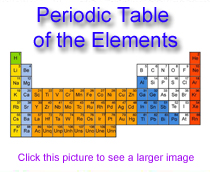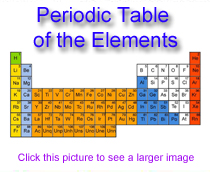
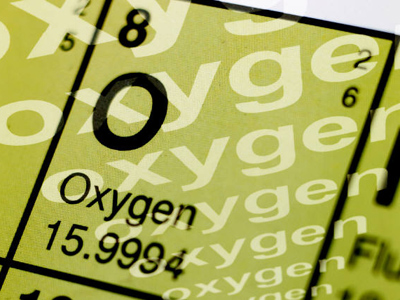
Periodic Table 3
The Periodic Table, credited to Dmitri Mendeleev and updated as new knowledge is obtained, is recognised and used by scientists around the world. The names of the elements may be different in different languages e.g. lead is plomb in French and plomo in Spanish but the symbols are universal. Many elements have been named after their discoverer e.g. Curium after Pierre and Marie Curie, whilst some of the others are named after the place they were discovered e.g. Berkelium after the University of California at Berkeley and helium which was discovered from observing the Sun. The first elements to be discovered often have names and symbols related to their original names e.g. sodium is so-called because it was obtained from the substance caled soda. The symbol, however, is Na, from natrium which refers to its presence in a naturally occuring substance called natron. That's just a bit of general knowledge for you, you do not need to know the origins of element names for the GCSE.
The periodic table is arranged in rows and columns. The rows are known as periods. This term comes from the early days of the table when Mendeleev and others such as Meyer, wrote the elements down one after the other. Periodically, they found elements with similar properties so the started a new row in order to write them down in a vertical group. Although the properties of the elements in a vertical group are similar, they show trends.
IMPORTANT: There are different ways of numbering the groups of the periodic table. Most UK exam boards still follow the convention that the number of electrons in the outer shell = number of group. If you study chemistry to higher levels, you will find that this is no longer the case other than for groups 1 and 2. We have chosen to use the system used by most UK schools and exam boards in order to avoid confusion for the majority of subscribers.
The scientists who first devised the periodic table in the nineteenth century did not understand the reasons for the trends or the periodicity. It wasn't until the mysteries of the structure of atoms were revealed that this was possible. We know now that the elements in a group have the same number of outer electrons whilst the elements in a period have the same number of electron energy levels (shells). Since the outermost electrons are the only part of an atom involved in chemical reactions, it then becomes easy to see why the elements in a group behave in a similar way. It also becomes easier to explain the trends in reactivity too.
Only the first 92 elements, up to and including uranium, occur naturally on the Earth although element 94, plutonium, has been detected in trace quantities as the stable isotope plutonium-244. You probably know the latter element better from your physics lessons as a product of a type of nuclear reactor called a 'fast breeder'. It is used to make atomic weapons.
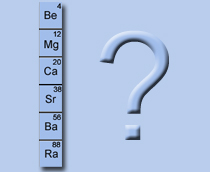


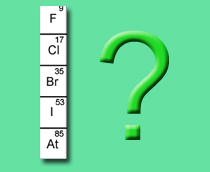

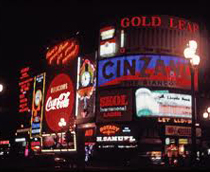
Ready for more?
not all...
quizzers. Try to win a coveted spot on our Hall of Fame Page.





